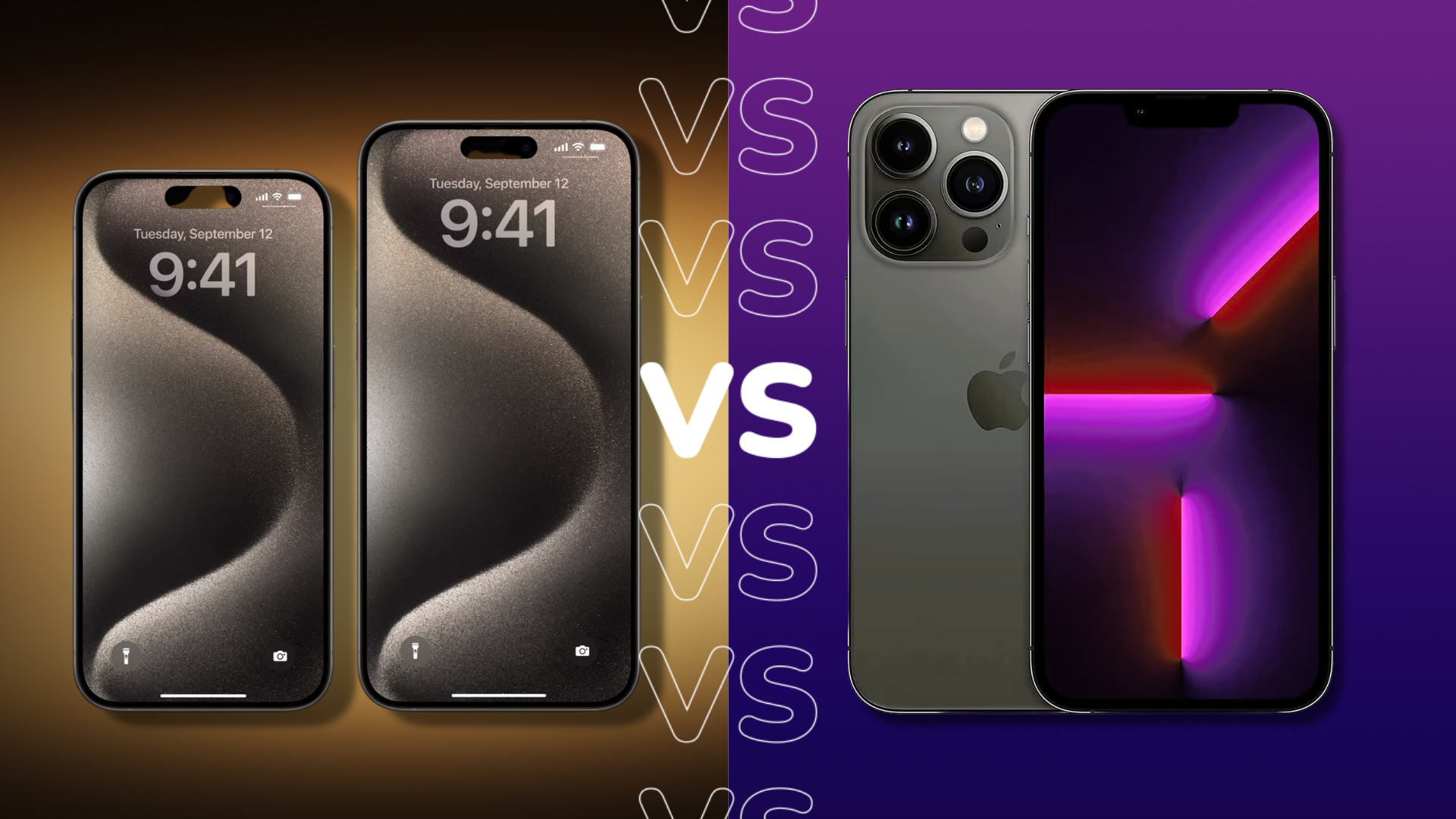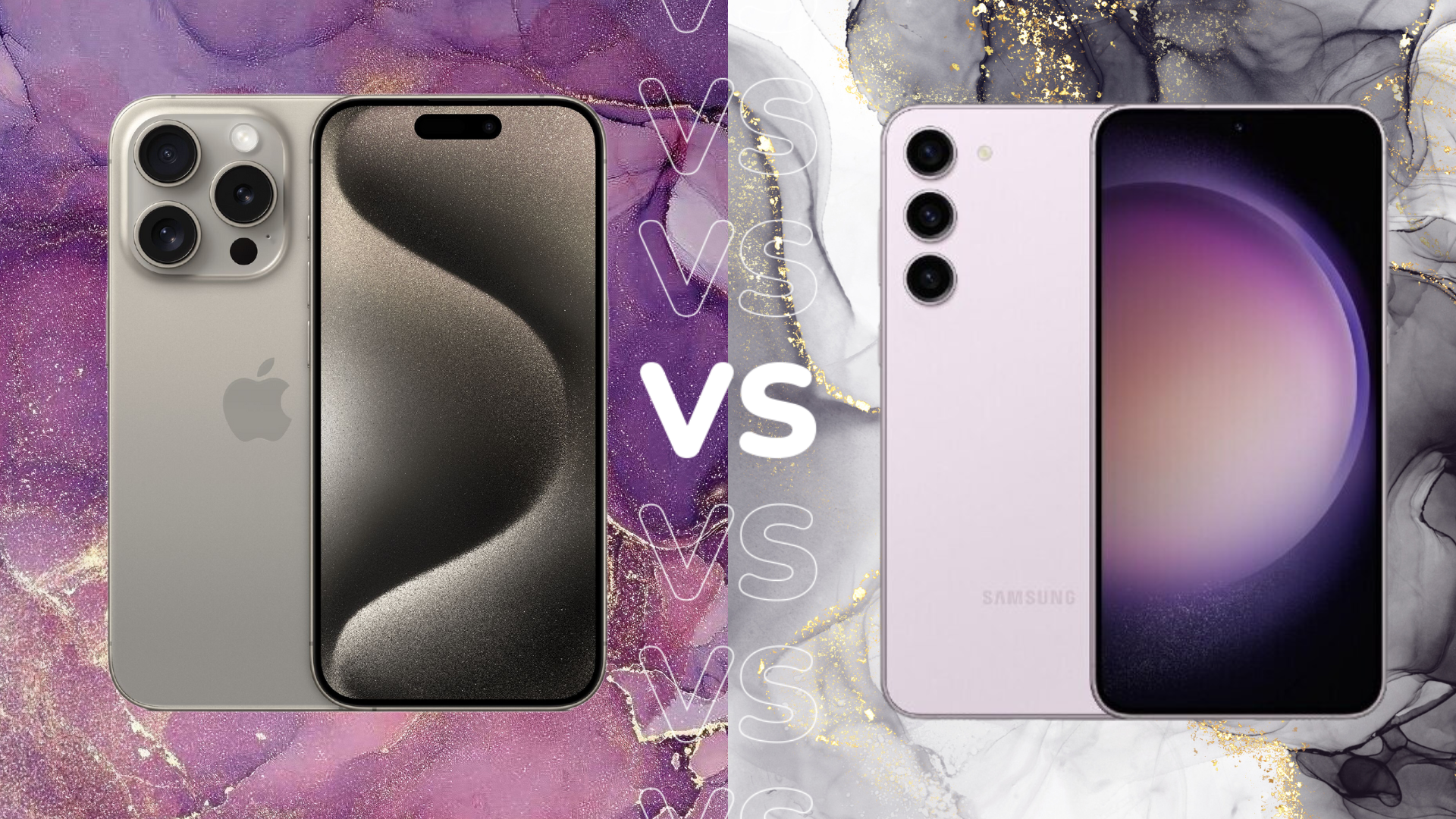Apple A17 Pro vs A16 Bionic: The latest Apple mobile chips compared

Apple has decided to give the iPhone 15 Pro and iPhone 15 Pro Max a serious performance boost by introducing a new smartphone processor: the Apple A17 Pro.
The Apple A17 Pro is the latest and greatest smartphone chip from Apple, but what kind of performance upgrade can you expect from the Apple A16 Bionic?
We’ve created this comparison guide to show the difference in terms of specs for the two processors, while also highlighting Apple’s performance claims. So keep scrolling down to find out the key differences between the Apple A17 Pro and Apple Bionic A16.

Pre-order the new iPhone 15 range at Box
The complete iPhone 15 range is now available to pre-order sim free at Box from just £799. Includes iPhone 15/15 Plus and Pro/Pro Max
- Box
- All colours! All variations!
- from £799 – £1,599
Apple A17 uses new 3nm architecture
Smaller process nodes generally result in a higher performance, as it allows chip makers to squeeze on more transistors. With that mind, it’s great to see Apple whittle down its smartphone processor architecture to 3nm for the new A17 Pro processor.
For comparison, the Apple A16 Bionic is based on architecture with a 4nm process node. This meant the A16 chip had just 16 billion transistors, while the A17 processor has a whopping 19 billion transistors.
Apple A17 Pro is an iPhone 15 Pro exclusive
It’s important to note that the Apple A17 Pro isn’t available across the entire iPhone 15 range, and will instead be reserved as an exclusive upgrade for the iPhone 15 Pro and iPhone 15 Pro Max.
Meanwhile, the Apple A16 Bionic was first introduced with the iPhone 14 Pro and iPhone 14 Pro Max, but is now confirmed to be powering the new iPhone 15 and iPhone 15 Plus phones.
So if you’re keen to get your hands on Apple’s most powerful smartphone chip, you’re going to have to splash the cash on either the iPhone 15 Pro or iPhone 15 Pro Max.
Apple A17 Pro has a 10% faster CPU
Apple may have boosted the performance of the A17 Pro by 10% compared to its predecessor by increasing the number of transistors on the chip, yet Apple hasn’t made any modifications to the CPU’s overall design layout.
Apple is once again using a 6-core CPU, which consists of 2x high-performance cores and 4x energy efficient-cores. Apple has found a lot of success by using different types of core in a single CPU, allowing it to find a better balance between performance and power efficiency, as seen with Apple Silicon chips for Macs.
It’s perfectly normal for a processor manufacturer to stick to the same number of CPU cores when jumping between generations. And Apple says the improvements have still resulted in a 10% performance boost.
Apple A17 Pro has 20% faster GPU
Apple made a big fuss over the new 6-core GPU inside A17 Pro, as it’s now 20% faster than the Apple Bionic A16. Apple claims this has improved the gaming performance to such an extent that the Apple A17 Pro can natively run games such as Resident Evil 4 Remake and Assassin’s Creed Mirage.
For comparison, the Apple A16 Bionic only had a 5-core GPU, so the extra core goes a long way to explaining the significant boost to GPU power.
New support for USB 3
Following the reveal of the USB-C port on the iPhone 15 series, Apple has opted to ensure support for USB 3 in the Apple A17 Pro processor.
This upgrade allows for transfer speeds up to 10GB/s, which Apple suggests is 20x faster than USB 2. The move to USB 3 should ensure faster data transfer speeds when transferring data to and from the iPhone 15 Pro to other devices via a cable.








